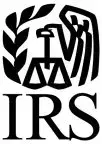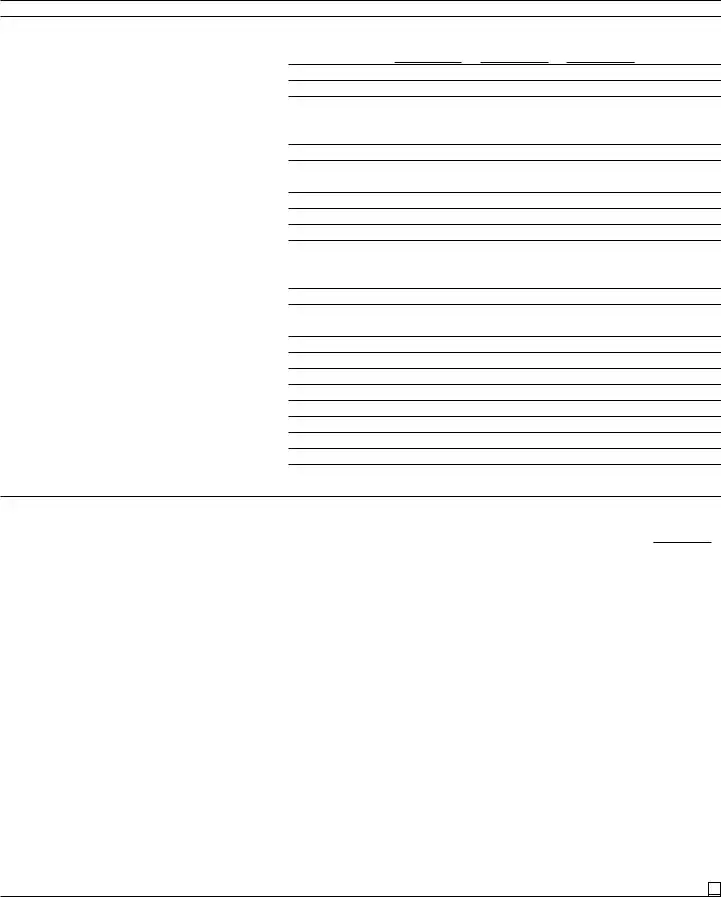The IRS Form 1024 is utilized by organizations seeking tax-exempt status under certain sections of the Internal Revenue Code other than 501(c)(3). This form bears similarities to the IRS Form 1023, which is designed specifically for charities, religious, educational, scientific, and literary organizations that seek exemption under section 501(c)(3). Both forms require detailed information about the organization's purpose, activities, governance, and financial structure to determine eligibility for tax-exempt status. However, they cater to different sections of non-profit entities.
Another document similar to the IRS Form 1024 is IRS Form 1024-A, specifically designed for 501(c)(4) organizations, such as civic leagues and social welfare organizations. Like Form 1024, Form 1024-A requires information on the organization's operations, finances, and compliance with special conditions relevant to their tax-exempt status. Both forms serve the purpose of establishing an organization's eligibility for tax exemption, albeit under different subsections.
Form 990, the Return of Organization Exempt from Income Tax, shares characteristics with Form 1024, as it is an annual reporting return that certain tax-exempt organizations must file with the IRS. It details the organization's income, expenses, and adherence to tax-exempt purposes. Although Form 990 is for ongoing compliance rather than obtaining tax-exempt status, both documents ensure that organizations fulfill IRS requirements for non-profit operations.
The IRS Form SS-4, Application for Employer Identification Number (EIN), while not directly for tax-exempt status, is a necessary step for most organizations before filing Form 1024. It requires basic information about the entity to secure an EIN, needed for tax filings and operational purposes. Organizations often must complete Form SS-4 as a prerequisite to applying for tax-exempt status with Form 1024, linking the documents in the preparation process.
Form 8940, Request for Miscellaneous Determination, also parallels Form 1024 in certain aspects. This form is used by tax-exempt organizations to request specific determinations from the IRS about their tax status, such as classification changes or confirmation of public charity status. While it is used post-exemption, it closely relates to Form 1024 in its aim to clarify or alter the organization's standing with the IRS based on its operational or financial changes.
The Application for Recognition of Exemption under Section 501(a) or Section 521 of the Internal Revenue Code, using a different, less common form, requires organizations to provide comprehensive details about their operations, financials, and organizational structure, akin to the requirements in Form 1024. This parallels the exhaustive disclosure necessary for the IRS to grant or recognize tax-exempt status, ensuring that only qualified entities benefit from such status.
Lastly, Form 8868, Application for Extension of Time to File an Exempt Organization Return, indirectly aligns with Form 1024 regarding timeline management for tax-exempt organizations. While Form 8868 is used to request more time to file the annual information returns (such as Form 990), it underscores the ongoing compliance effort required from organizations that were granted exemption, potentially through the Form 1024 process. This connection highlights the continuum of responsibility from exemption application to annual reporting.
Each of these documents, while serving distinct purposes, integrates into the broader schema of tax-exempt organization documentation and compliance. The relationship between Form 1024 and these various forms underscores the multifaceted process of attaining and maintaining tax-exempt status in the United States, emphasizing both initial qualification and ongoing adherence to IRS standards.




 Section
Section 
 Reserved for future use
Reserved for future use
 Section
Section 
 Section
Section 




